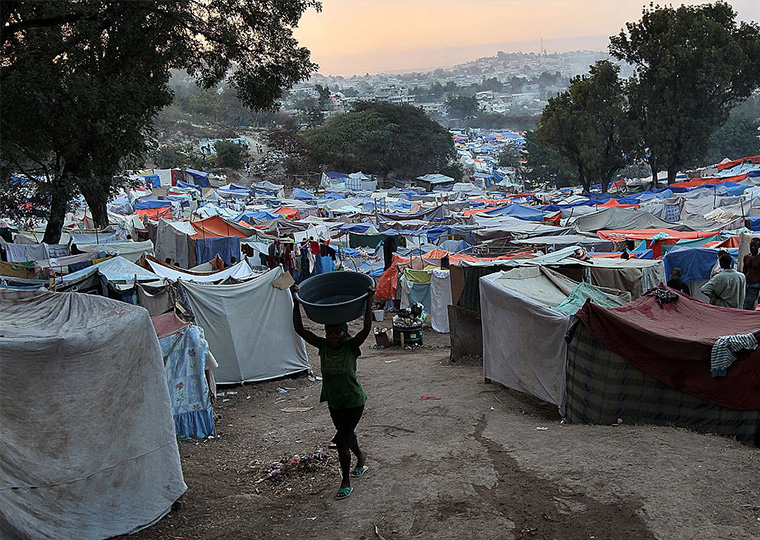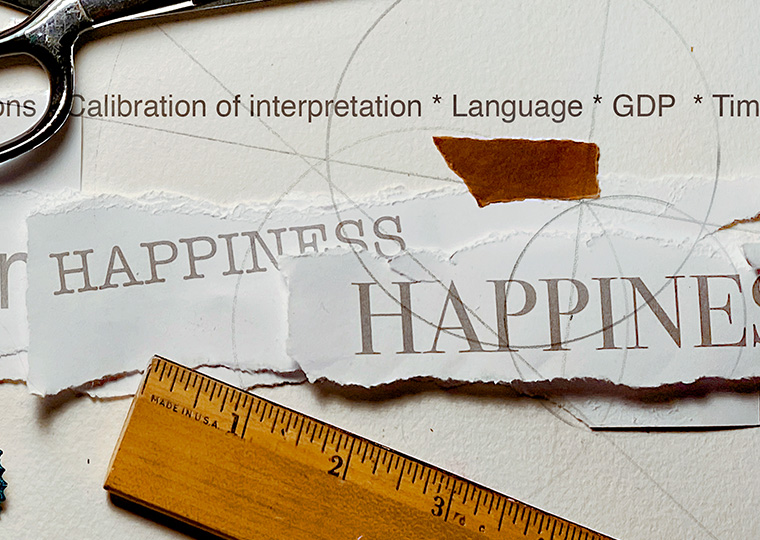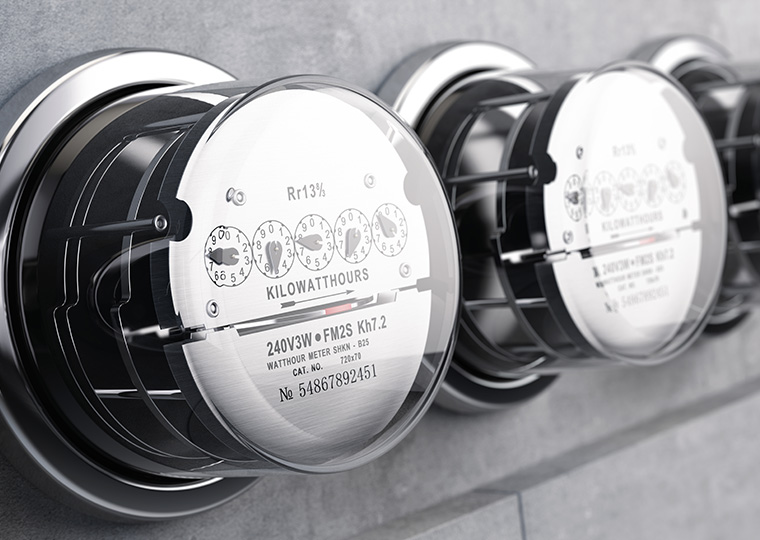Power companies haven’t maximized the benefits of customers agreeing to short-term electricity interruptions
The original public utility model might be crudely expressed as: Build enough power plants to supply customers’ energy demands, add a substantial cushion, and regulators will happily have ratepayers foot the bill. Above all else, reliability.
As cost and local opposition to coal, nuclear and other power plant construction rose beginning in the 1970s, however, utilities began also trying to manage surges in customer demand, using variable (time of day) pricing and rewards for energy efficiency. Across the globe, the need to manage demand spikes has grown far more acute in recent years, as climate change upends the electricity industry:
- Coal plants, which are big polluters but fabulously reliable, are being rapidly retired in the U.S. and some other countries.
- Renewable resources — wind and solar — are partially replacing old power plants, but in the absence of battery capacity (a way to store power), their output is highly variable by time of day and season.
- More extreme weather patterns are occurring, lifting demand for power at times above historical levels.
- The war in Ukraine, interrupting oil and some gas flows from Russia to Europe, is crimping generating capacity across the Continent.
Electricity Planners Look for Ways Manage Energy Usage
Years into the future, electricity planners can see a network of renewable generating capacity, batteries aplenty and more efficient energy use by households and businesses. But right now, utilities need every tool available to manage through restrained power capacity and surges in demand. And the tools need sharpening.
One tool is the Demand Load Control Contract, in which a utility offers you (household or business) a discount in return for allowing the power company to limit your usage during peak hours. These contracts allow energy producers to remotely control a customer’s appliances, but with constraints. Customers’ power can be reduced:
- only a limited number of times in a year,
- only a limited number of hours per year, and
- for only a limited duration of time for each reduction.
Millions of U.S. households have signed up, but research by Johns Hopkins’ Ali Fattahi, USC’s Sriram Dasu and UCLA Anderson’s Reza Ahmadi, published by INFORMS, suggests the utility industry is far from maximizing the benefits of these contracts. The researchers’ improved methods of estimating power demand and of allocating supply reductions among customers would improve DLCC savings for utilities 37.7%, they conclude.
While many trends are challenging utilities, the spread of smart meters in recent years better enables analysis, planning and execution of demand-reduction programs like DLCC.
It’s a difficult problem to model and implement the optimal usage of DLCC contracts. This is due to the need to choose which customers to reduce energy supply to and for how long while respecting the constraints in their contracts; plus the need to forecast daily and hourly energy demand. All these layers of calculations create a complicated math problem.
Applying the Method to Real Data
Fattahi, Dasu and Ahmadi set up several numerical experiments and applied their method to data from three major utilities in California. The companies’ data included energy consumption profiles from 2009 to 2018. And tests were run on data from 2016 to 2018.
The researchers found that it made sense for a utility that participated in their study to stick to longer energy reductions of at least two hours rather than subjecting customers to more calls of shorter durations. This also allowed them to make contracts more appealing by reducing the number of reductions.
Energy producers currently use a method that does not take into account the constraints on the number of times the energy is reduced and the duration of the reductions. And their forecasts use a three-year moving average of consumption, which does not have the flexibility to adapt to changing patterns.
For their approach, the researchers first looked at energy consumption profiles — these use historical data to show the amount of electricity used per hour on each day in the past. A hot day may see low energy demand until 10 a.m. and then see energy demand rise until it peaks at 3 p.m. and then slowly fall until 6 p.m. where it levels off and then falls again after 8 p.m. Every day these profiles will be a little different as the weather changes and demand may also be impacted by the day of the week.
The researchers group these profiles into a limited number of day types. Then, each day, their model will forecast which type of day it will be. This prediction is based on the season and the profiles of previous days. With this forecast, energy supply is allocated based on the probability of demand — this can be done on a daily or hourly level.
Customers are also initially grouped since this creates a smaller optimization problem (fewer variables) that can then be solved faster. Once their method calculates the number of groups that it will need to reduce energy to, it can then disaggregate the groups and assign energy reductions to customers.
Cost-Effective Demand-Side Management
By implementing these approximations, the researchers’ method is not only more cost-efficient, but speedier than the existing methods used. And the improvements to forecasting daily and hourly demand, while also considering the constraints in customer contracts allow them to better wield the power DLCCs have in controlling energy demand and thus increase the savings on energy production costs for electric utilities.
Demand-side management is a huge financial consideration for utilities. Nearly 20% of the total costs for electric utilities come from the top 100 highest-priced hours in a year, according to Popular Mechanics, as multiple utilities compete for scarce power on the wholesale market or turn to the most costly generating assets they fire up only in instances of peak demand.
Fattahi, Dasu and Ahmadi have been working on this research, initially covered in the UCLA Anderson Review in 2018, for more than five years, and industry conditions have shifted rapidly during that period, complicating the research.
The work has application beyond the U.S. Due to rising costs from global warming’s effects and the war in Ukraine, for instance, governments are searching for innovative ways to lower demand. In Italy, public buildings are being fined for heating above 19 degrees Celsius (66 degrees Fahrenheit) or cooling below 25 degrees Celsius (77 degrees Fahrenheit). Such a “one size fits all” approach is hard to regulate and very constraining. The researchers’ proposed policy gives more flexibility to users while reducing peak energy demand and energy costs.
Featured Faculty
-
Reza Ahmadi
Professor of Decisions, Operations, and Technology Management; George Robbins Chair in Management
About the Research
Fattahi, A., Dasu, S., & Ahmadi, R. (2022). Peak-Load Energy Management by Direct Load Control Contracts. Management Science. https://doi.org/10.1287/mnsc.2022.4493






